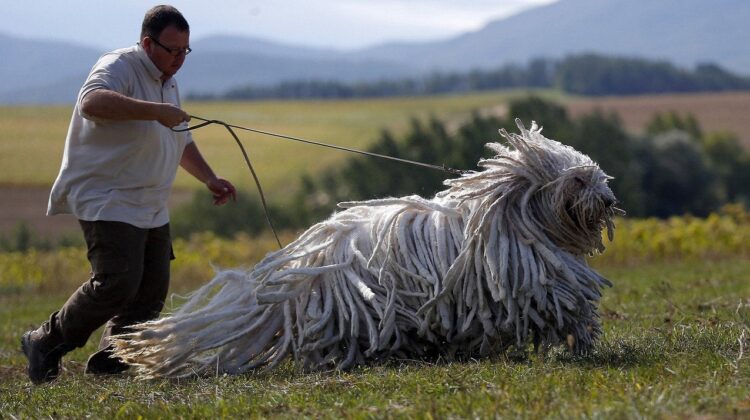
The Komondor also known as the Hungarian sheepdog, is a large, white-coloured Hungarian breed of livestock guardian dog with a long, corded coat.
White, corded hair cascading down their bodies is what makes Komondors one of the world’s most recognizable breeds.

Their temperament is calm and quiet until they sense danger and spring into action, fiercely guarding their home and loved ones.
The Komondor is fast and powerful and will leap at a predator to drive it off or knock it down. It can be used successfully to guard sheep against wolves or bears.
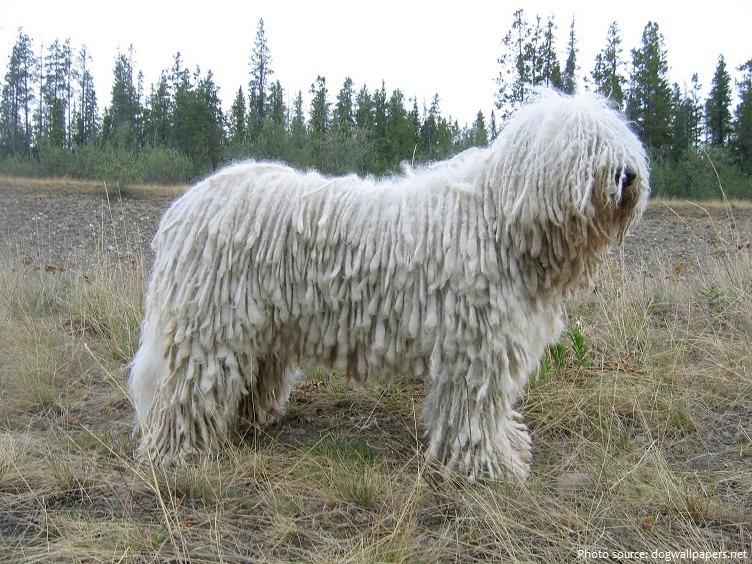
As expected from dogs in the working group, the Komondor is an athletic and agile breed. They need daily exercise to stay happy and healthy, preferably in the form of free-running and walks.
The average lifespan of the Komondor is 10 to 12 years.
A powerful, heavy-boned dog, the male komondor stands at least 70 cm (27.5 inches) and weighs 45 kg (100 pounds) or more – the female is somewhat smaller.
The Komondor is covered from head to tail in heavy, tassel-like white cords, which are woolly in texture.
The coat was left tangled by Hungarian shepherds, for it provided the dog with excellent protection from the fangs of wolves and other.

Komondors were brought to Hungary by Cumans, the Turkic speaking, nomadic people who settled in Hungary during the 12th and 13th century.
The name “Komondor” derives from Koman-dor, meaning “Cuman dog”. The breed descends from Tibetan dogs and came from Asia with the Cumans, whose homeland might have been near the Yellow River.
In the late 10th century, Mongols began to expand their territories at the expense of the Cumans, forcing them to move westwards. Fleeing from the Mongols, they reached the borders of Hungary in the 12th centuries. Cumans were granted asylum and settled in Hungary in 1239 under Köten Khan. Komondor remains have been found in Cuman gravesites. The name “quman-dur” means “belonging to the Cumans” or “the dog of the Cumans”, thus distinguishing it from a similar Hungarian sheepdog breed which later merged with the Komondor.
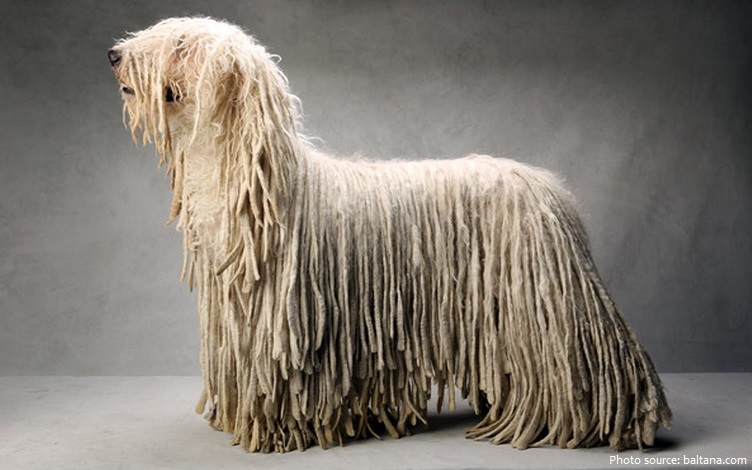
The name “Komondor” is found for the first time written in 1544 in the History of King Astiagis by Kákonyi Péter, in Hungarian. Later, in 1673, Amos Comenius mentions the Komondor in one of his works.
Many Komondors were killed during World War II and local stories say that this was because when the Germans (and then the Russians) invaded, they had to kill the dog before they could capture a farm or house that it guarded.
The Komondor began to be imported to the United States in the 1930’s and were recognized about that time by the American Kennel Club.

In 1947, the Komondor was used to acquire fresh blood in the rare South Russian Ovcharka.
A leaping Komondor is featured on the cover of the 1996 album Odelay, released by American musician Beck. Since the album was released, the image has become one of the most recognizable covers of all time.
The Komondor breed has been declared one of Hungary’s national treasures, to be preserved and protected from modification.
Today, the largest Komondor populations are in Hungary and the United States. Still rare today — the worldwide Komondor population is estimated at far less than 10,000 — the Komondor is a dog that most people have never seen.
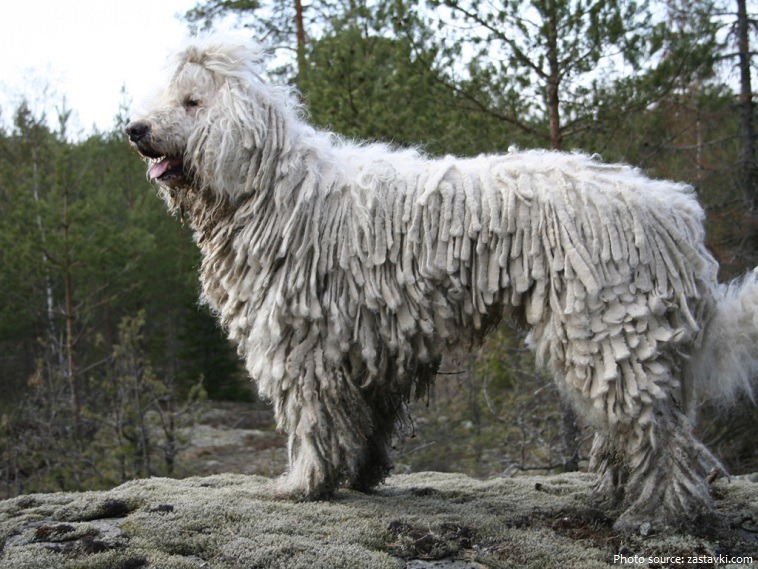
In Hungary, the Komondor’s reputation as trustworthy guardian of the flock has earned him the title “King of the Working Dogs.”
In Hungarian, the plural form of komondor is komondorok.
Komondors are sometimes referred to as ‘mop dogs’.
The Komondor is related to the South Russian Ovcharka, the Puli and, by extension, the Pumi, the Mudi, the Polish Lowland Sheepdog, the Schapendoes, the Bearded collie, and the Old English sheepdog.
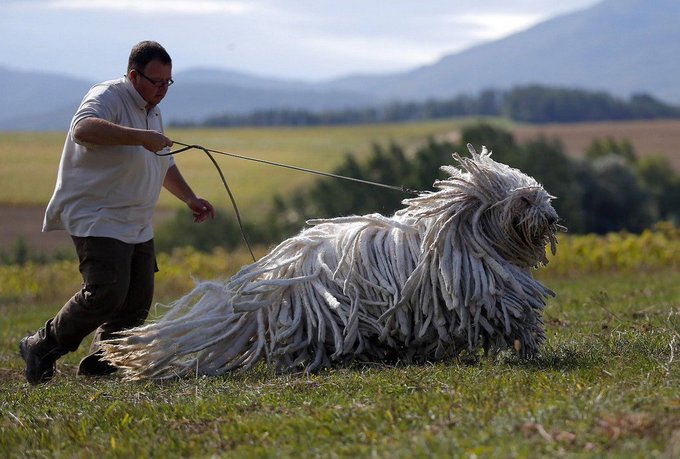
Komondors are not known to be a low-maintenance breed. Their corded hair requires special care, they need regular exercise, and they rely on strong leadership when it comes to training.
Prices vary from breeder to breeder, but current prices for pet quality Komondor puppies are in the $1,000 + dollar range, and show/breeding quality puppies are somewhat higher in price.

Do they get hot under all that hair? Are they difficult to keep clean?
I purchased my Komondor 10yrs ago. He’s my best friend.